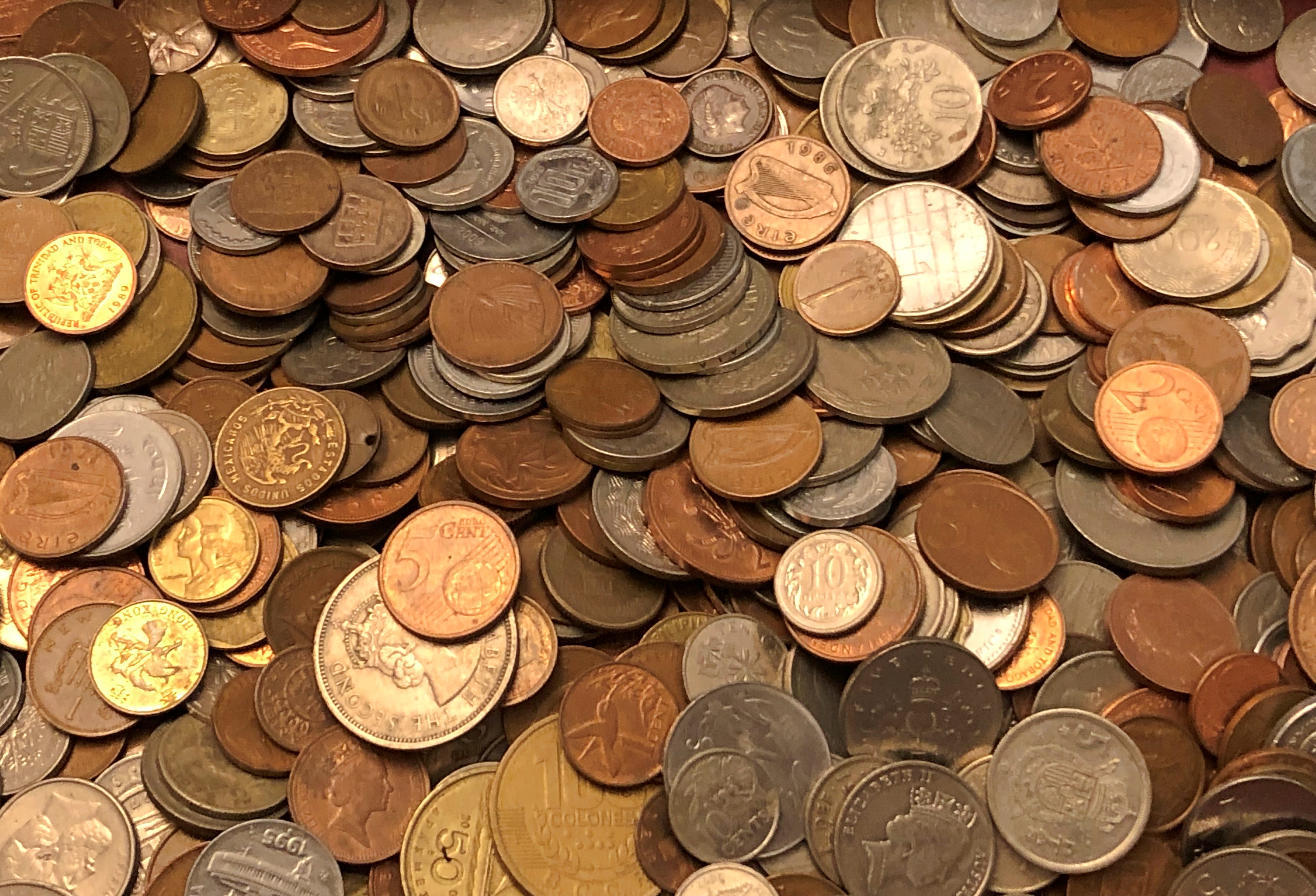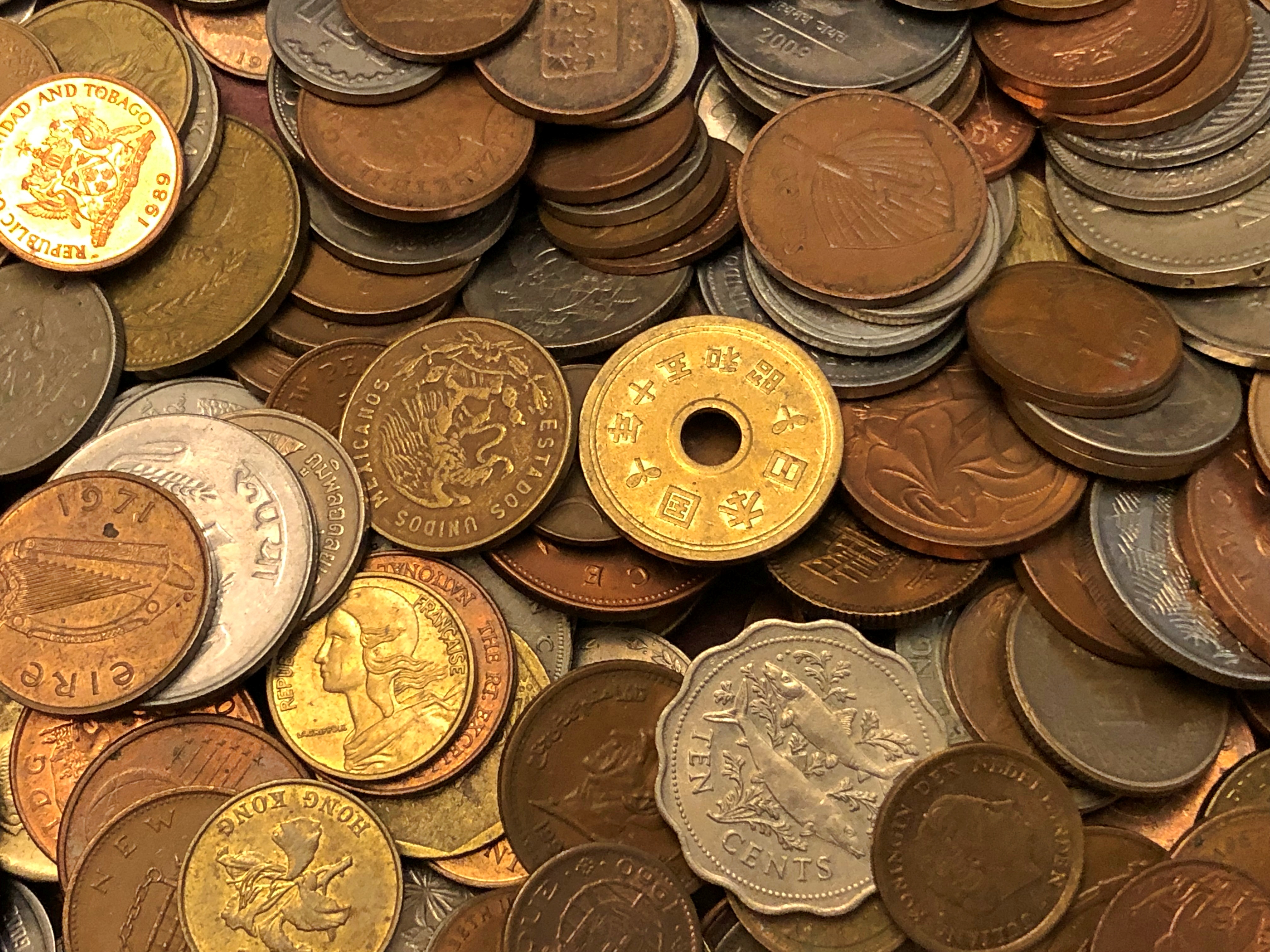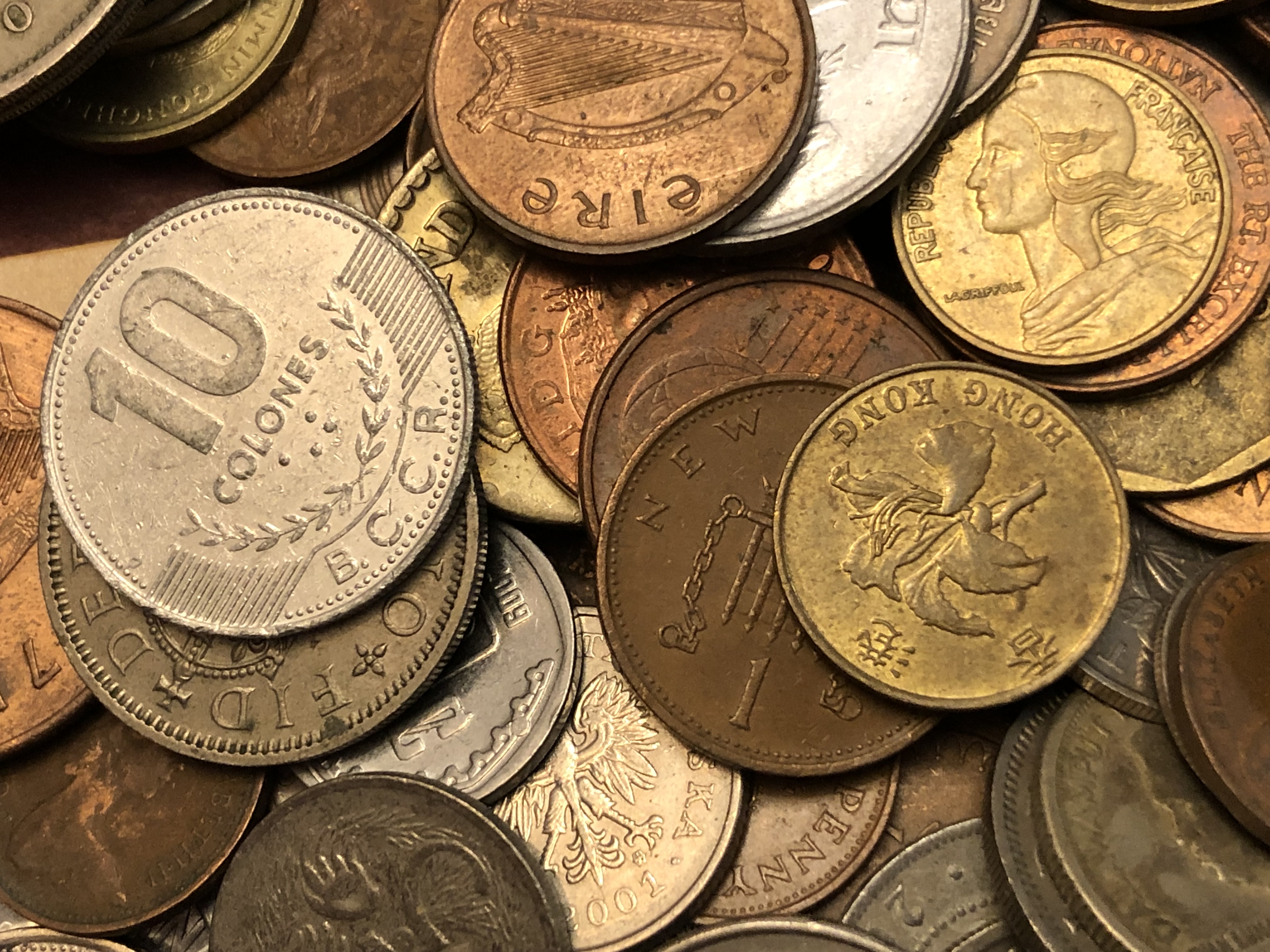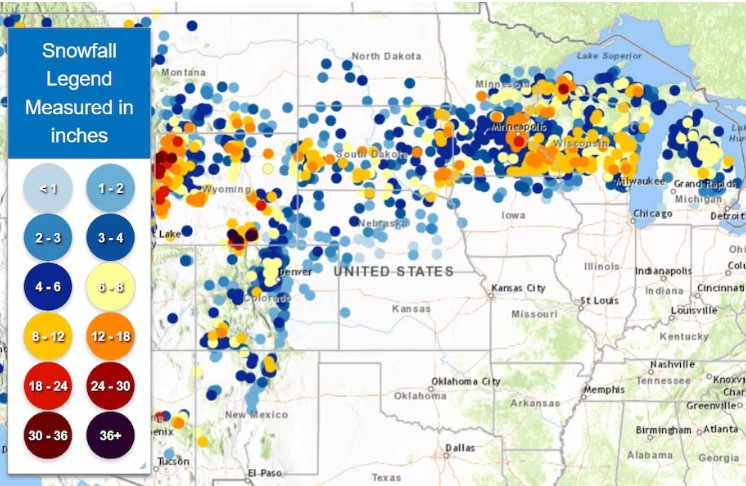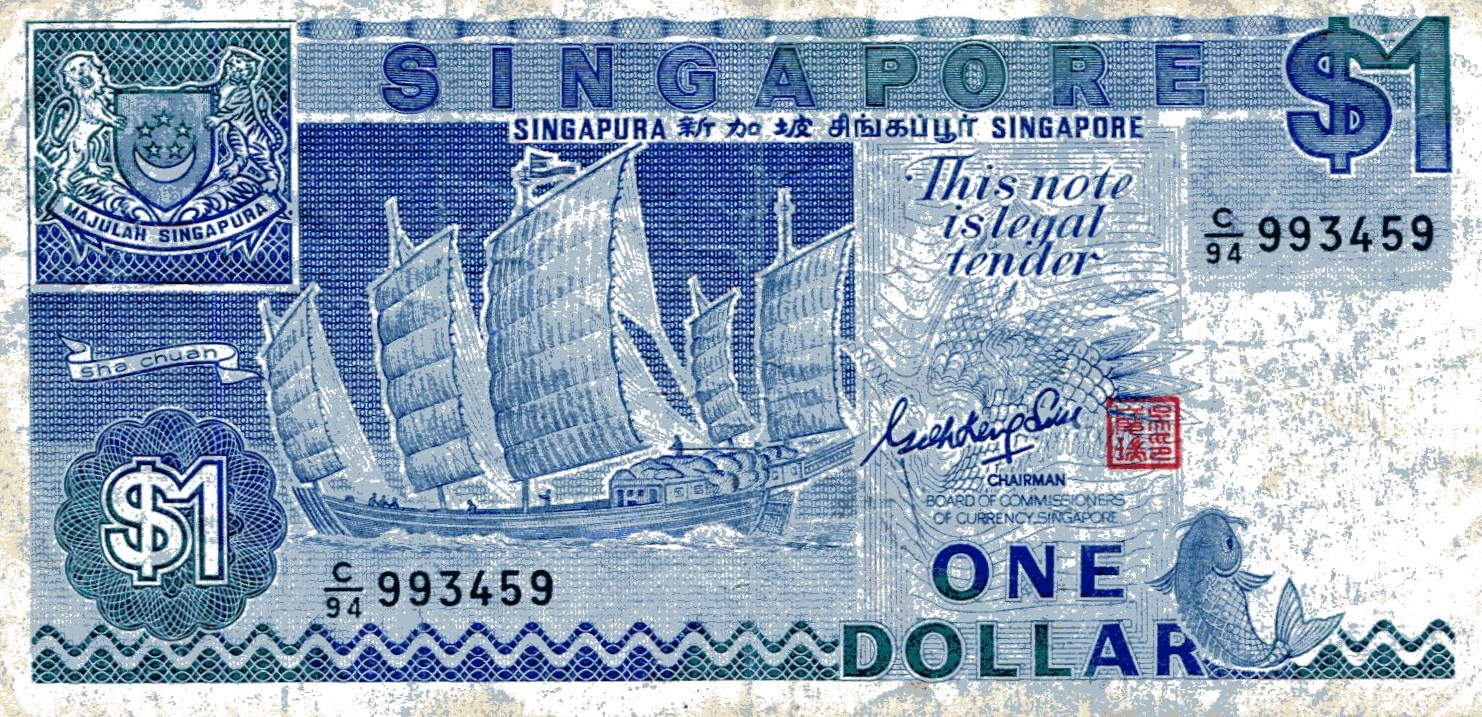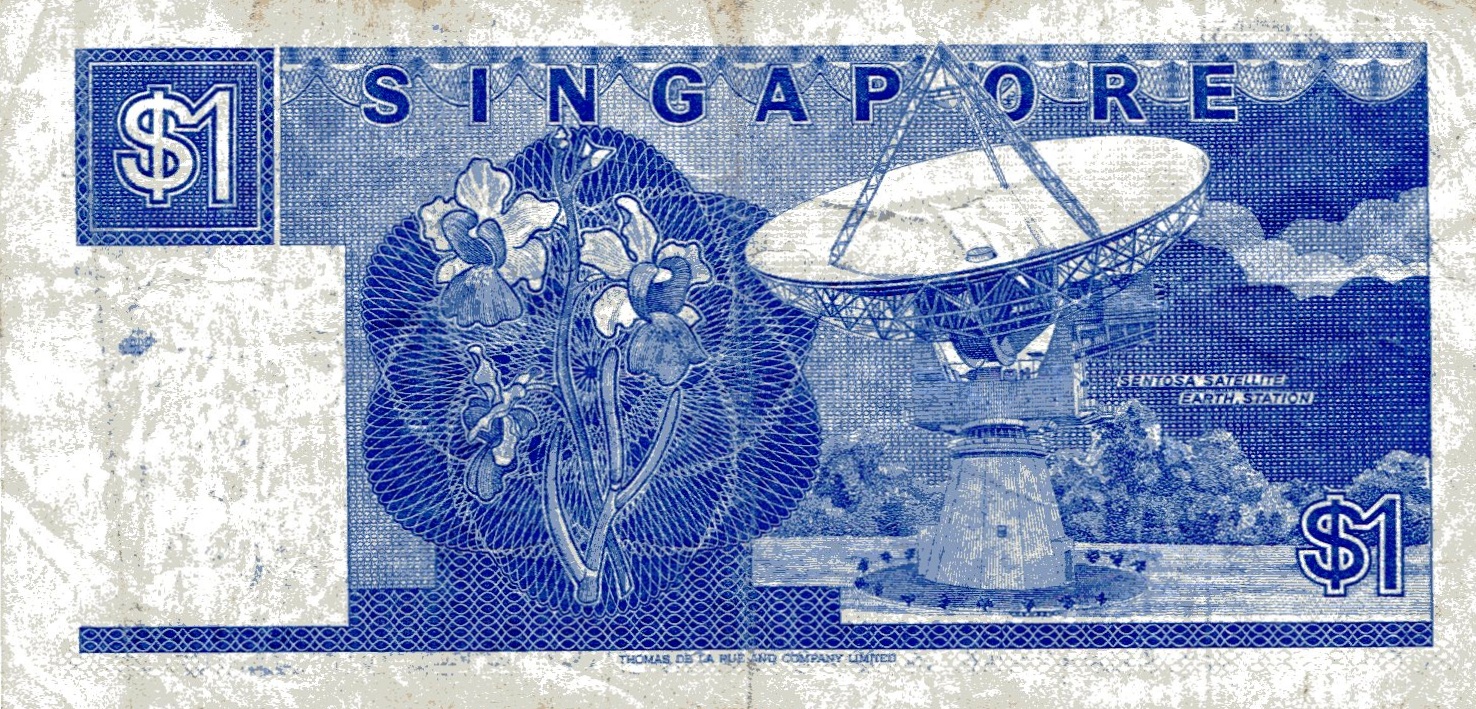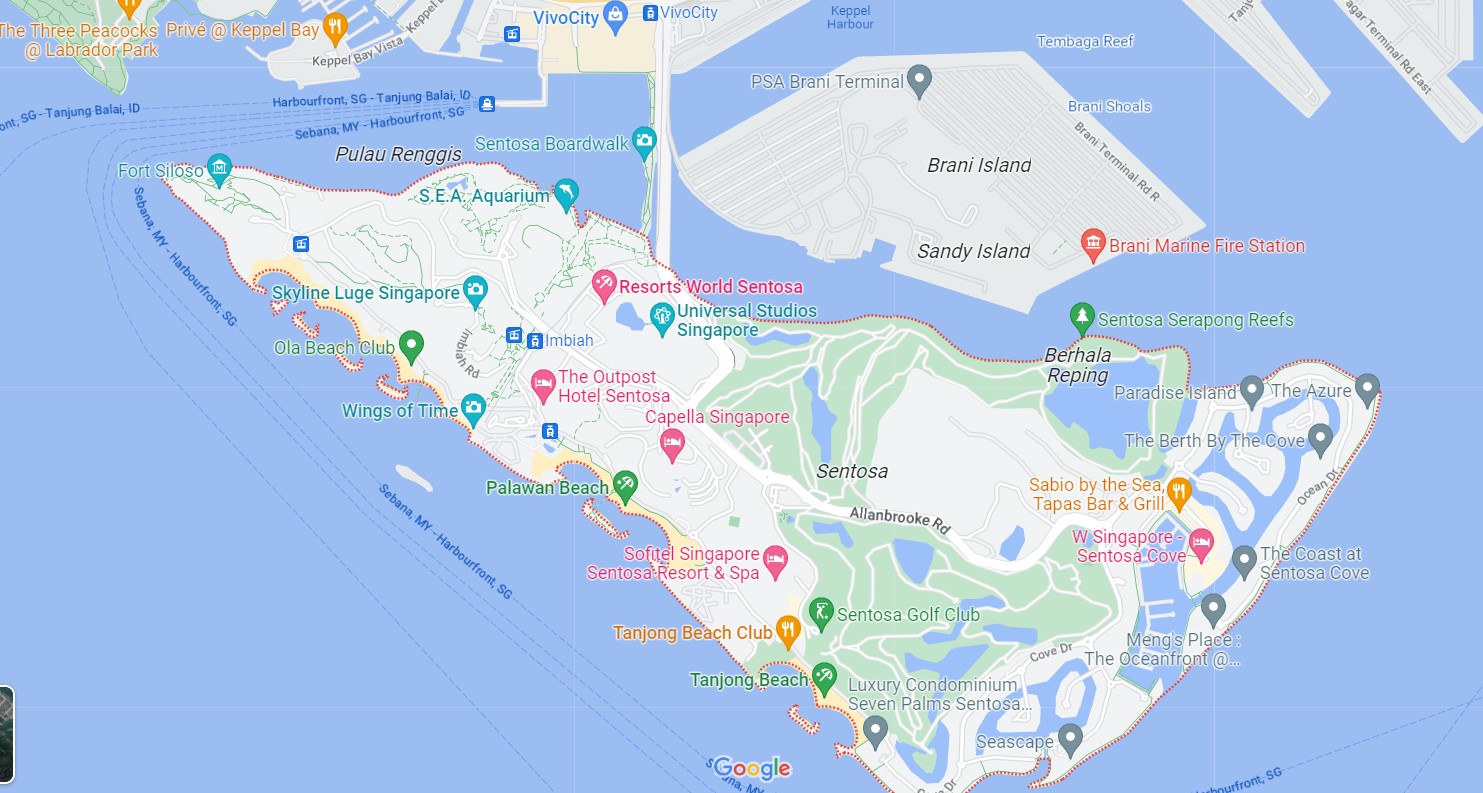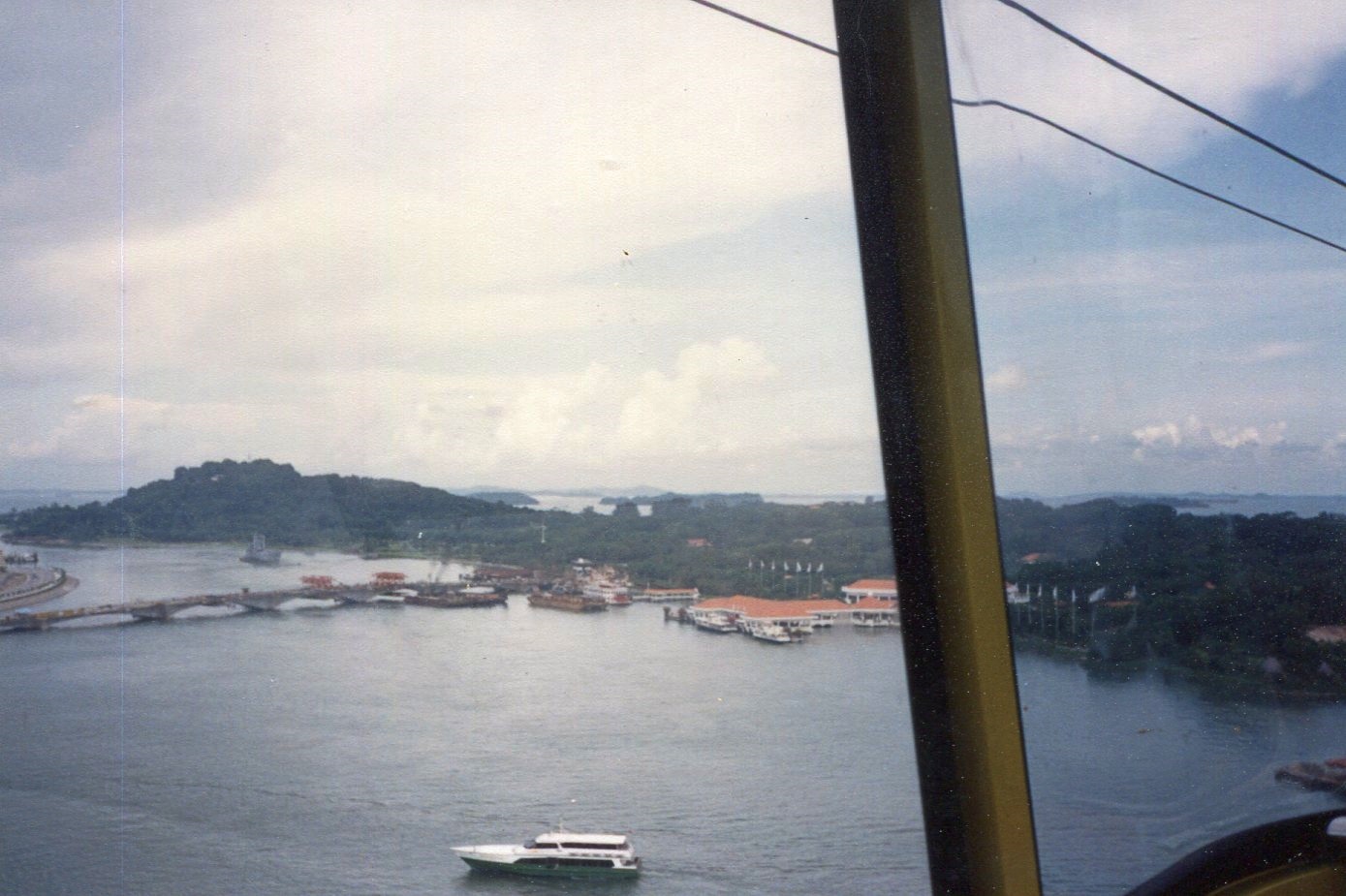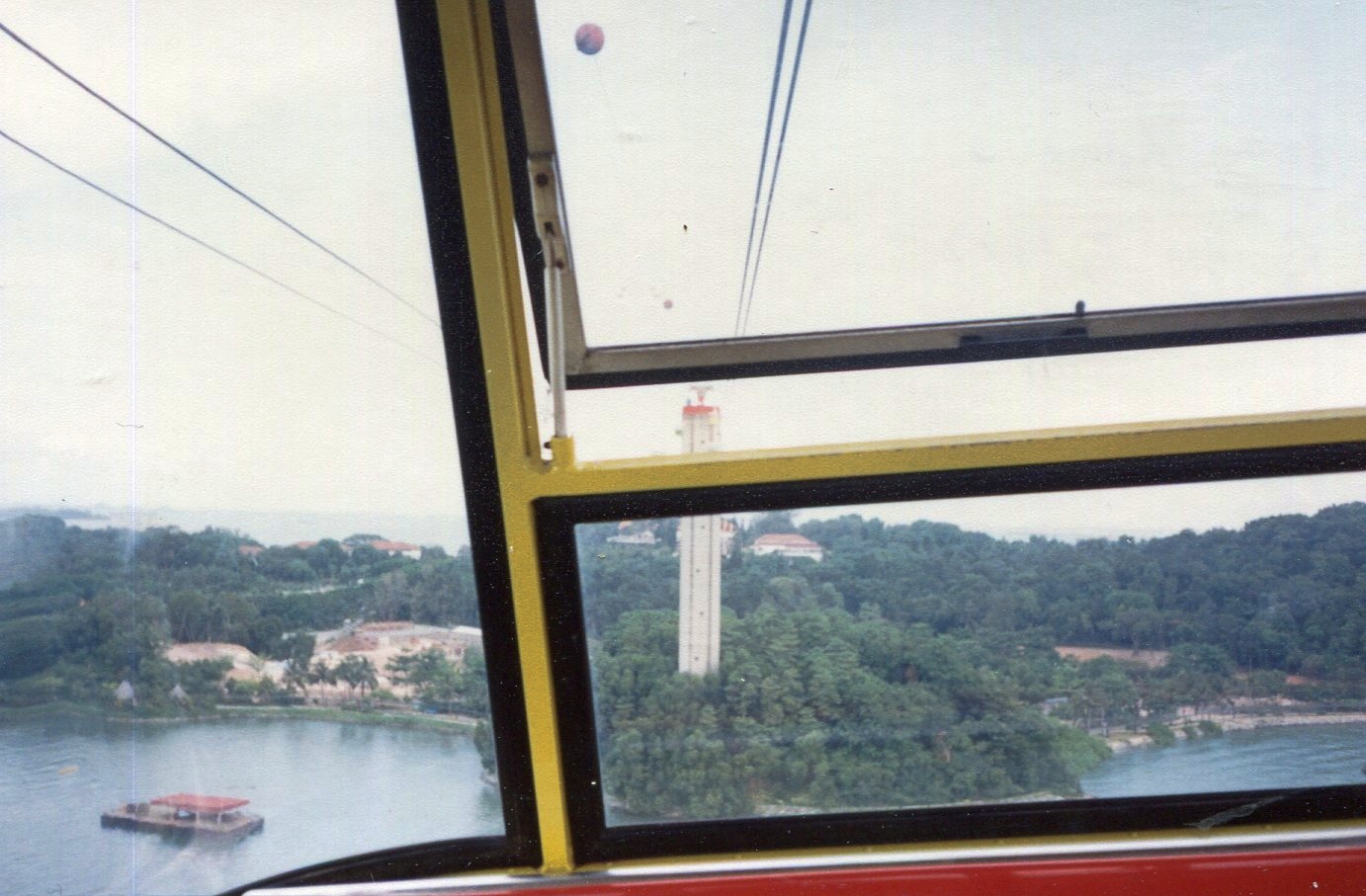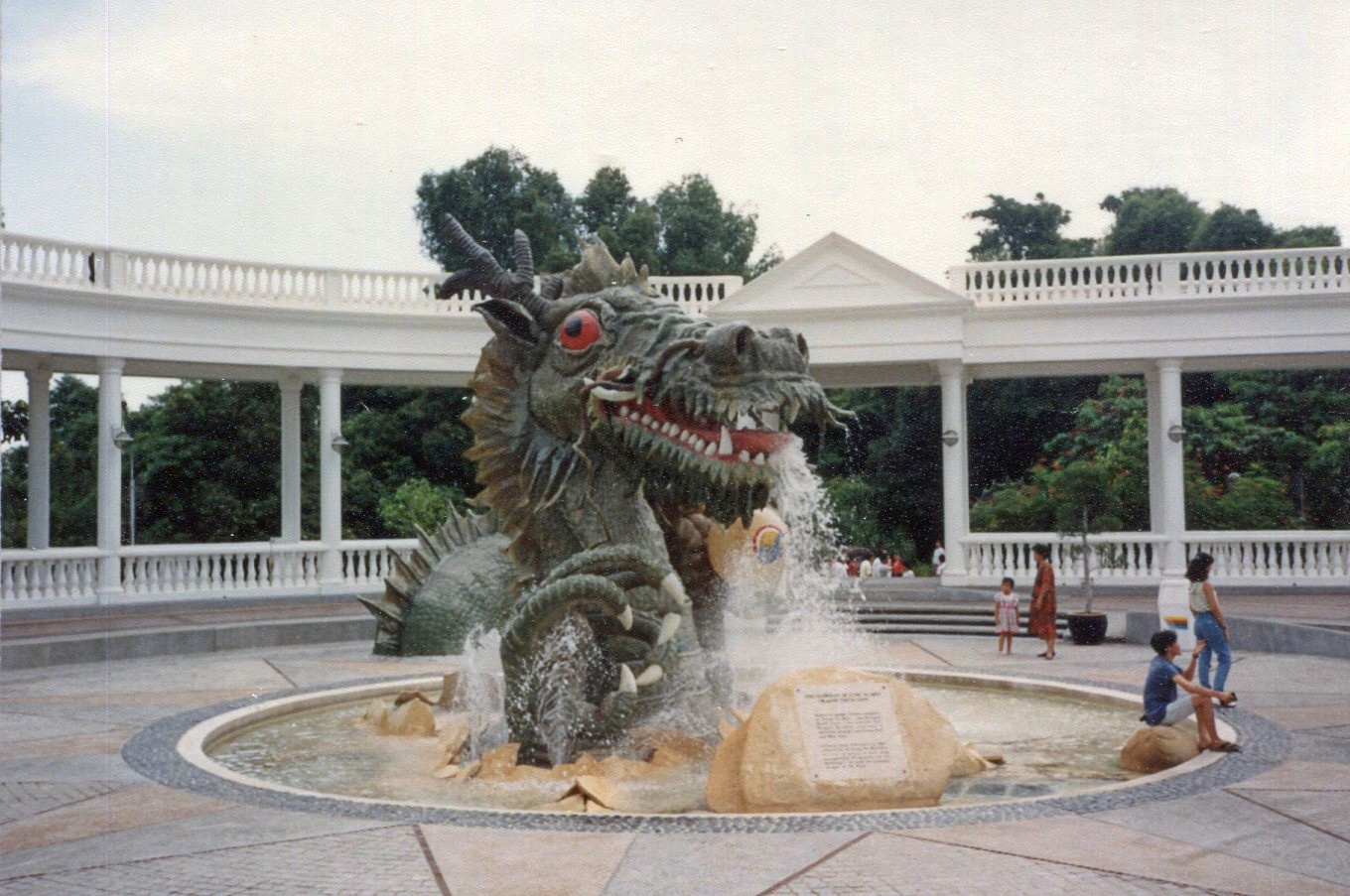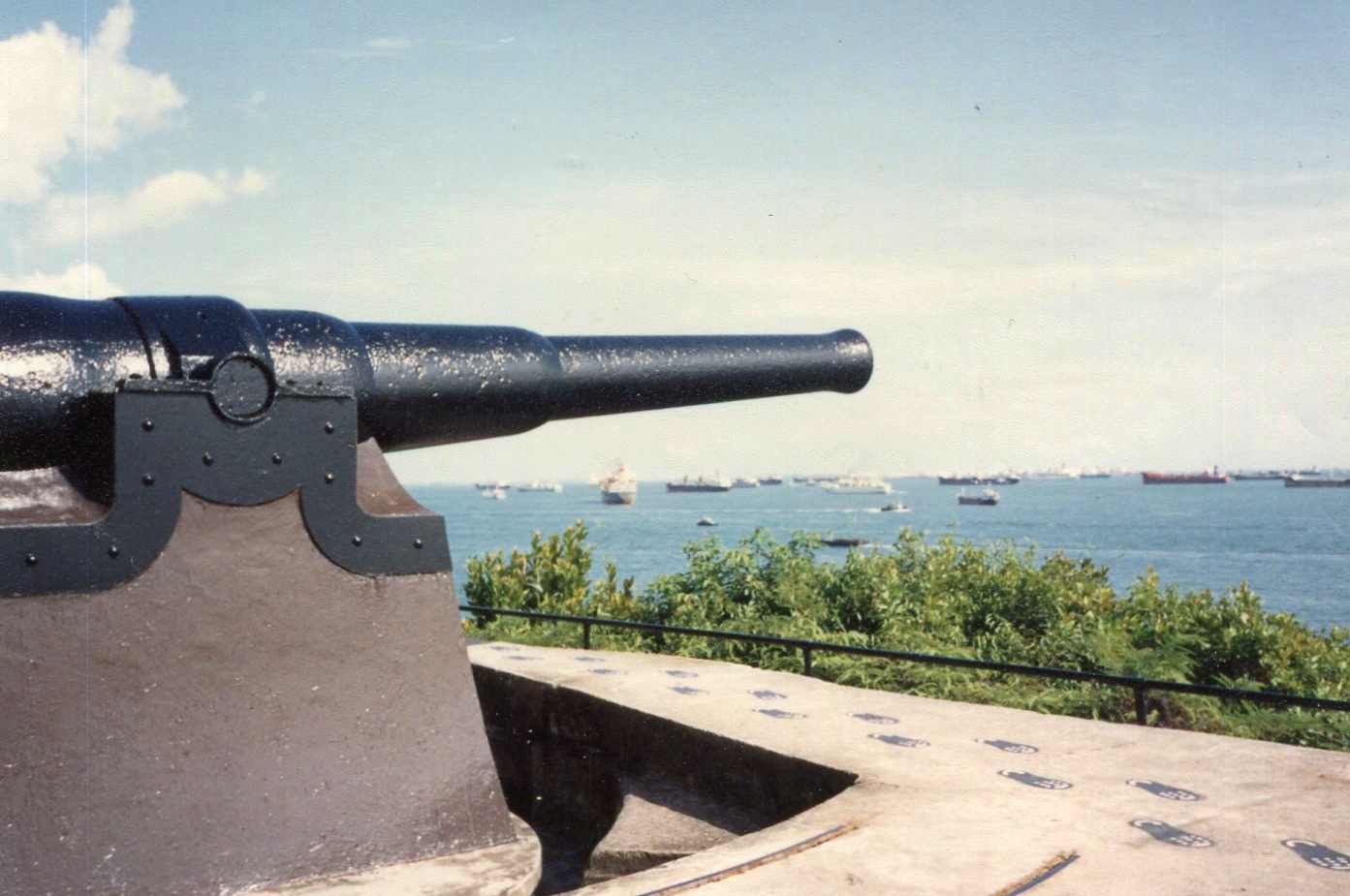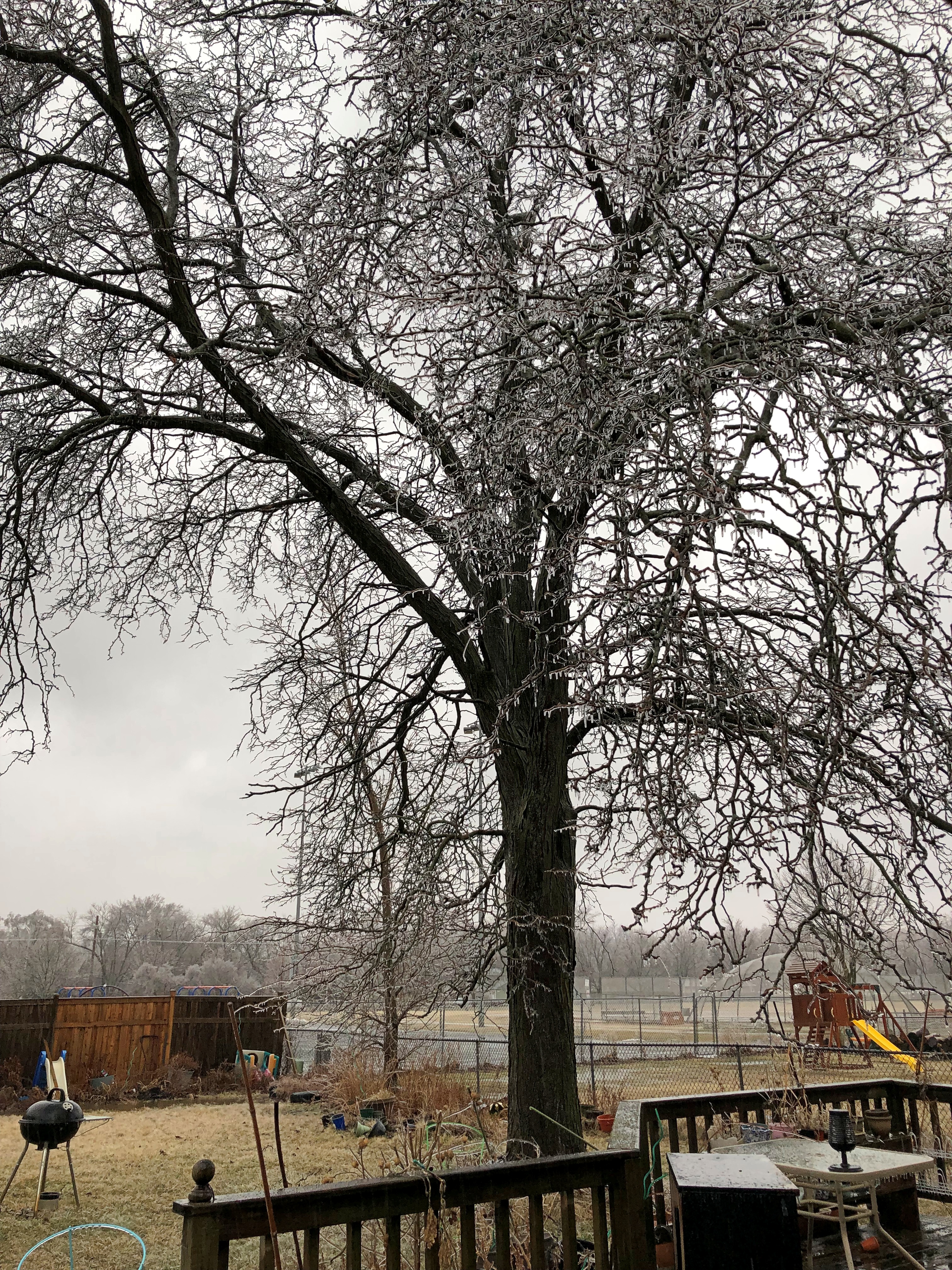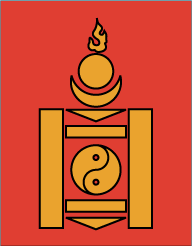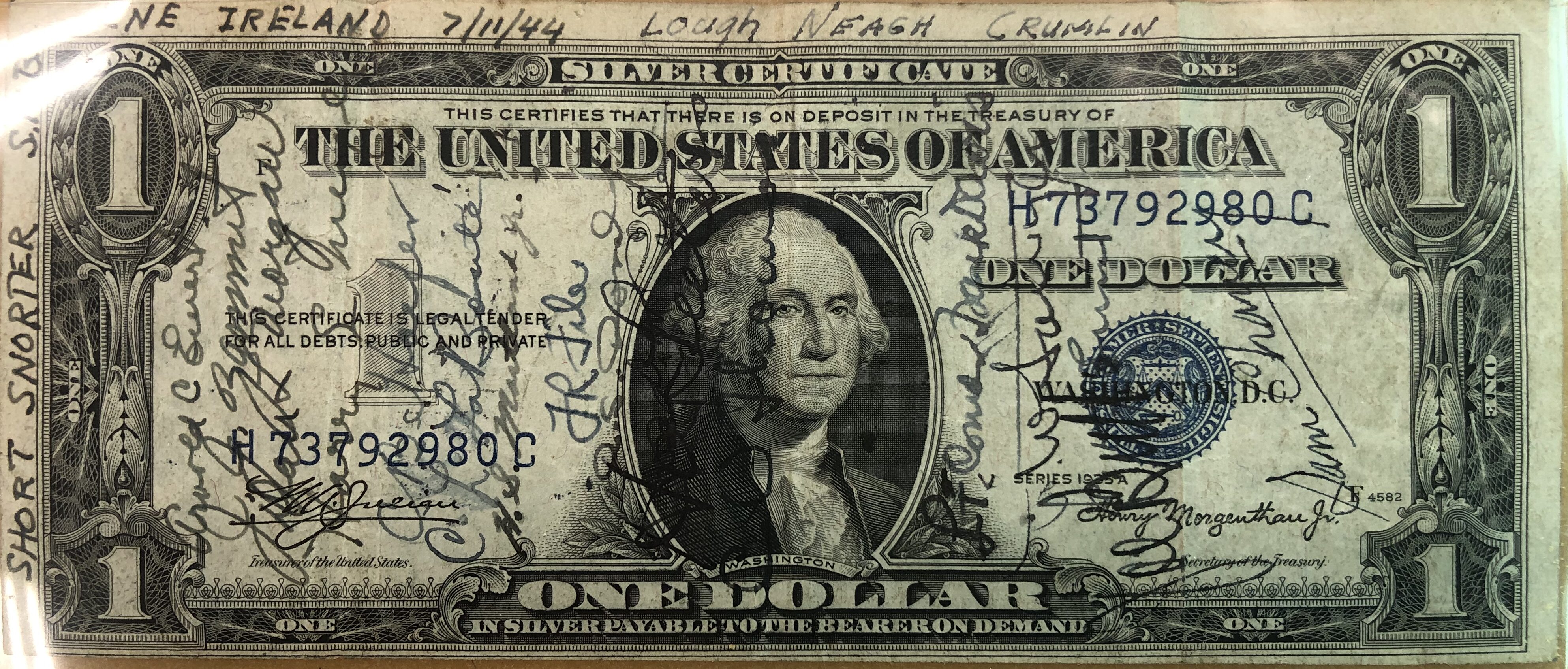I was pumping gas not long ago, and spotted what I took to be shiny penny on the pavement near the pump. A closer look told me it wasn’t a U.S. cent, but I didn’t ID it until I’d picked it up and eyed it when I got back in the car. Ten won, it turned out to be.
It’s the smallest currently circulating South Korean coin, both physically and in value. In theory, 10 won is worth 0.75 U.S. cents. A whopping seven and a half mills. The structure depicted is the Dabotap pagoda, a southeast-coast relic of the ancient kingdom of Silla, which lorded over most of the peninsula more than 1,000 years ago.
Back-and-forth between Korea and the U.S., and more specifically northwest suburban Chicago, is no unusual thing in our time, but still I was mildly surprised to find it — like I felt finding a New Zealand 20-cent piece. Made my day.
On the morning of August 3, I left Marathon, but not before a look at the one-room Marathon Museum, and a talk with a lanky young man who said he’d been hired just three weeks earlier to run the place, his first job out of college. He had grown up in the area, gone away for school, and only now was beginning to appreciate the history of the place, he said, as he read more and more.
Pretty refreshing, finding someone that young with an interest in history. That is an old man thing to say, of course, but anyway I was glad to hear a bit about the town, such as its origin as a prospective wood pulp mill whose development accelerated in the early 1940s when Canadian raw material extraction was deemed important to the Allied war effort. A postwar boom made Marathon into a genuine town; a wood pulp mill town that prospered until the crushing blow of the mill closing in 2009.
A public tank in Marathon.
Here’s a story of early Marathon: POW logging camps were built in the area after Canada entered the war in 1939, and on April 18, 1941, 28 German prisoners made a break for it, and many more attempted it, in a tunneling scheme worthy of The Great Escape or rather the real incident of the 1944 escape from Stalag Luft III. The goal of the prisoners at Camp X, Angler was to cross into the still-neutral United States. None made it. This article, which is serious need of an editor, nevertheless tells the tale of the long-abandoned camp not far off the modern road.
“Travellers on the Trans-Canada highway would not notice the dirt track leading south from the highway some four kilometres west of Marathon, Ontario,” the site says. “There is no sign to indicate where it leads, and no historical marker to record what happened along that track.”
This part of the Trans-Canada has more visible abandoned sites. Making a go of a business must be tough up there.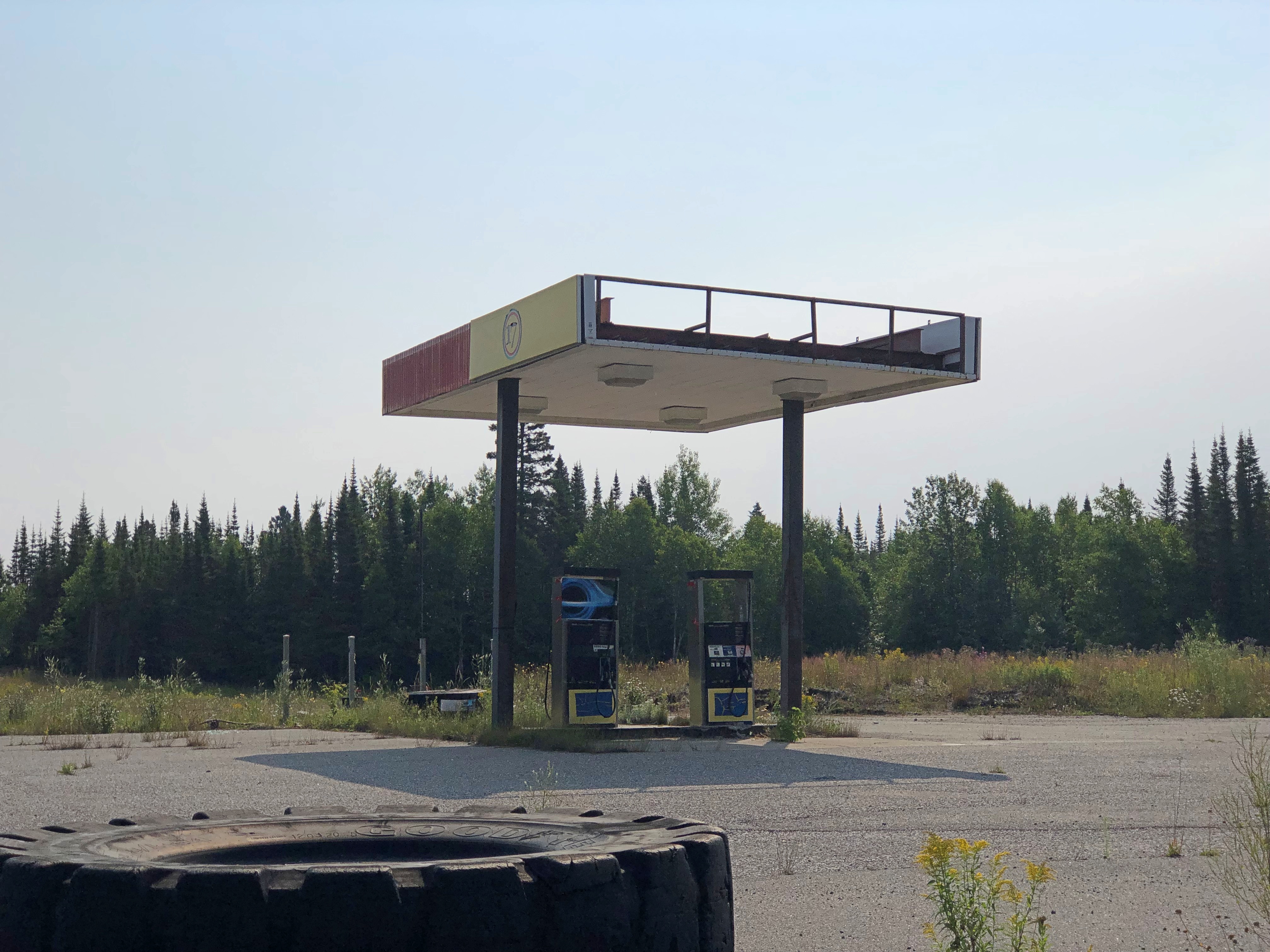

White River, Ontario has a claim on the origin of Winne-the-Pooh.

All well and good, but why do we see the Disney iteration and not one based on the illustrations by E. H. Shepard? Do you think Winnie wore a jacket at the London Zoo? No, she did not.
Wawa has more than its steel goose statue. There’s a pleasant lakeside path, for example.

On the relatively small Wawa Lake, not Superior. Just an everyday relic of the last ice age.
St. Mary Margaret Cemetery in the town (closed 1954) includes the remains of old-time Wawa-area miners. Most unmarked.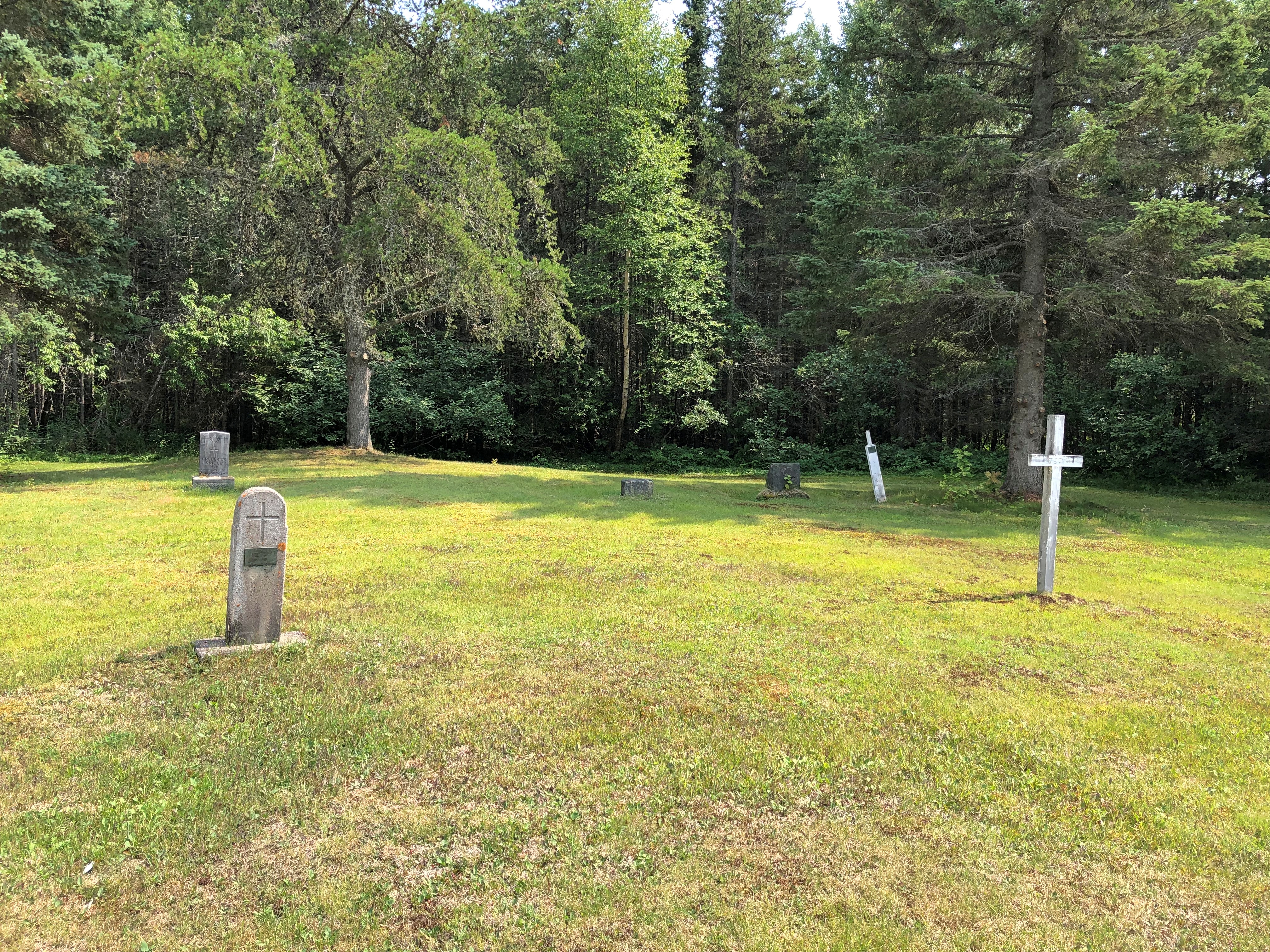


I sought out lunch at Philly Wawa Hoagie. A few days earlier, I’d heard the owner interviewed on a CBC radio show. Why not, I figured. I ordered the shawarma poutine.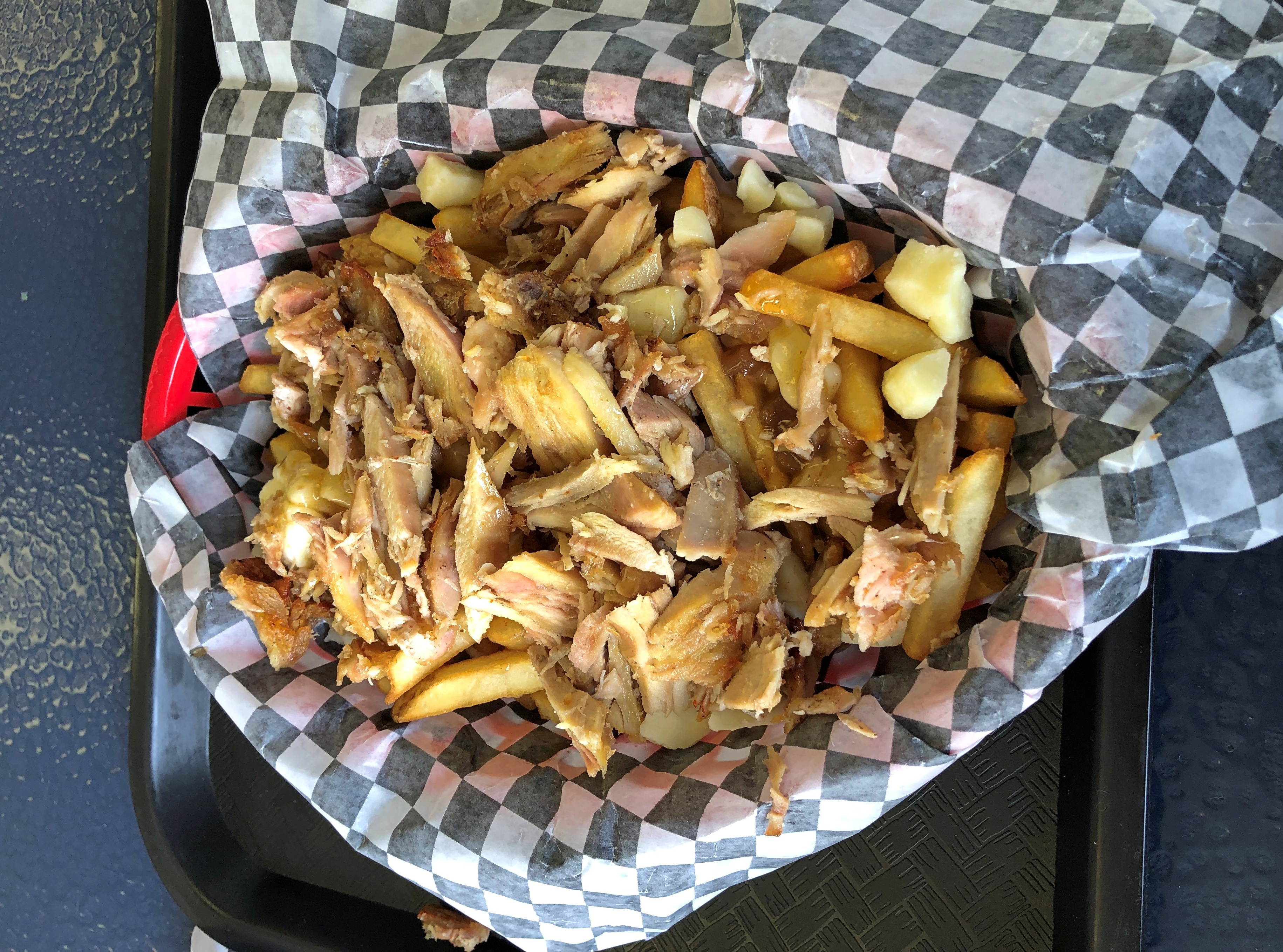
How Canadian is that, eh? It was good and I barely needed to eat dinner.
Wawa features a bit more public art than the goose. Including figures all labeled “Gitchee Goomee” just on the other side of the visitor center from the goose.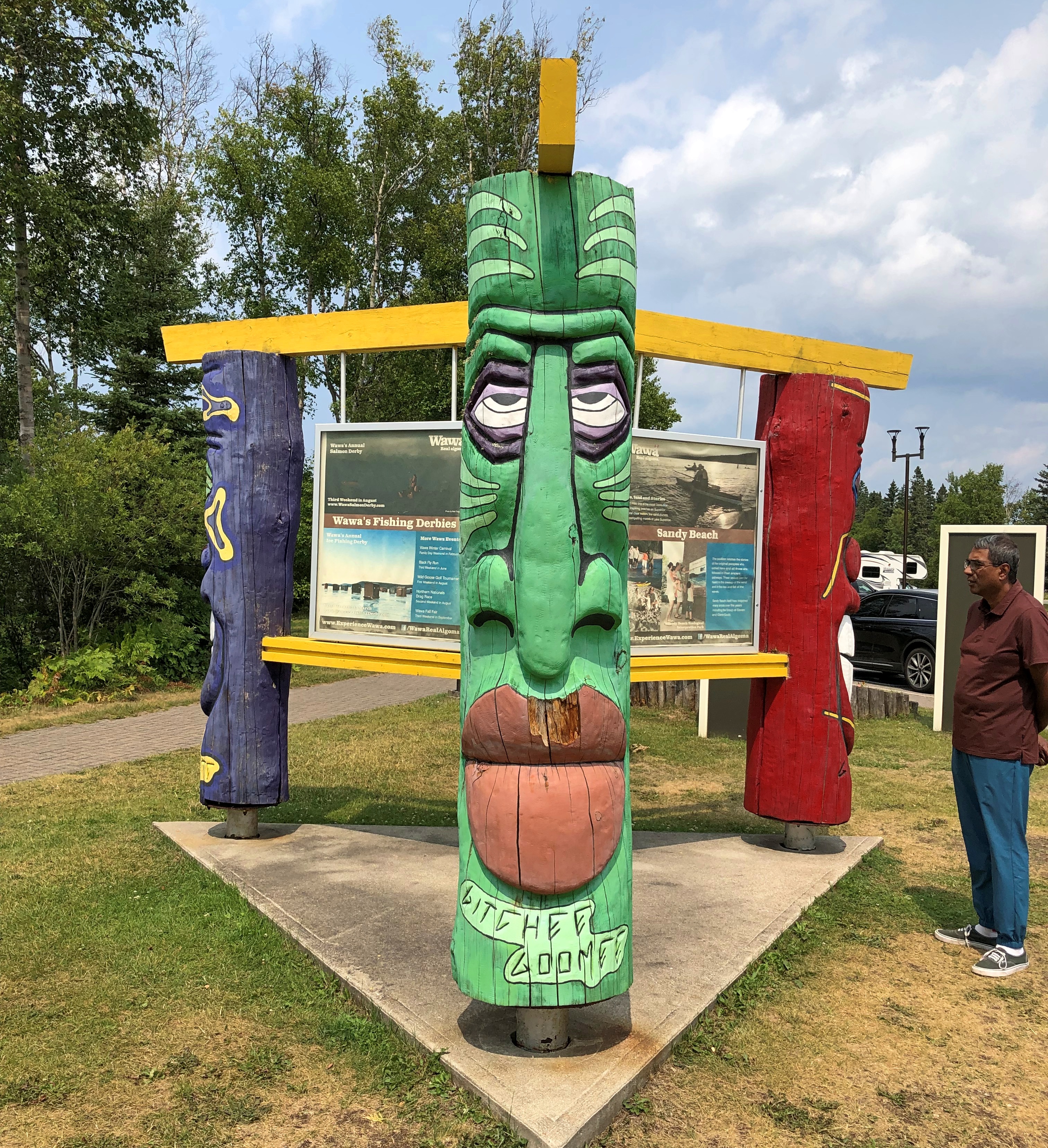


A few miles out of Wawa, down a dirt road, is Magpie Scenic High Falls.
Not that high, unless you’re about to tumble over the edge. It’s the overflow spill weir of the Harris Hydroelectric Generating Station, which has a capacity of 13MW. Signs at the sight are emphatic about not climbing the thing, since spillway volume is notoriously fickle. (I’m paraphrasing.)
Nice falls, but the glory was getting there and back.


My goal for the day was Sault. Ste. Marie, Canadian side, so I pressed on. More abandoned Ontario.
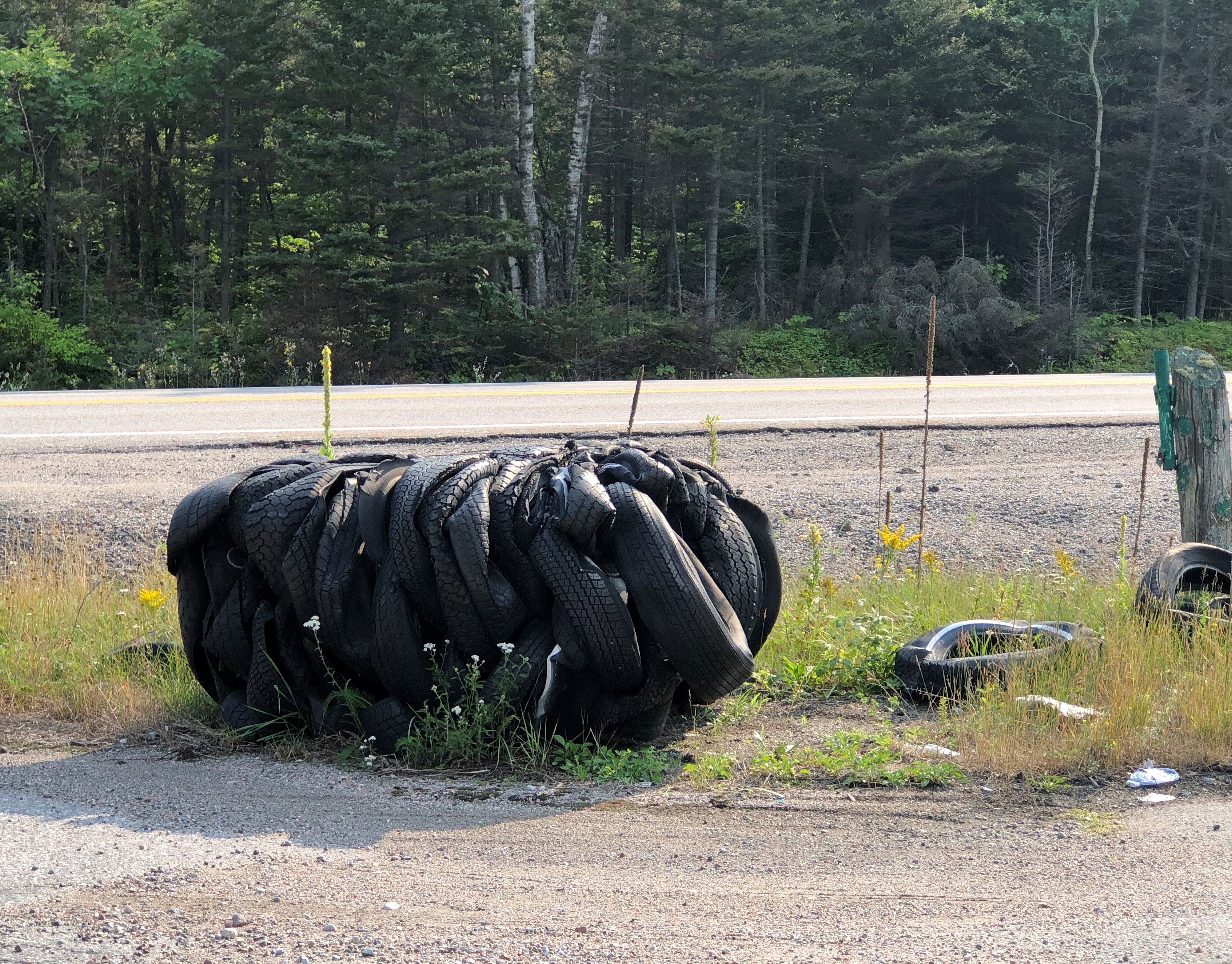
A plaque about the road itself.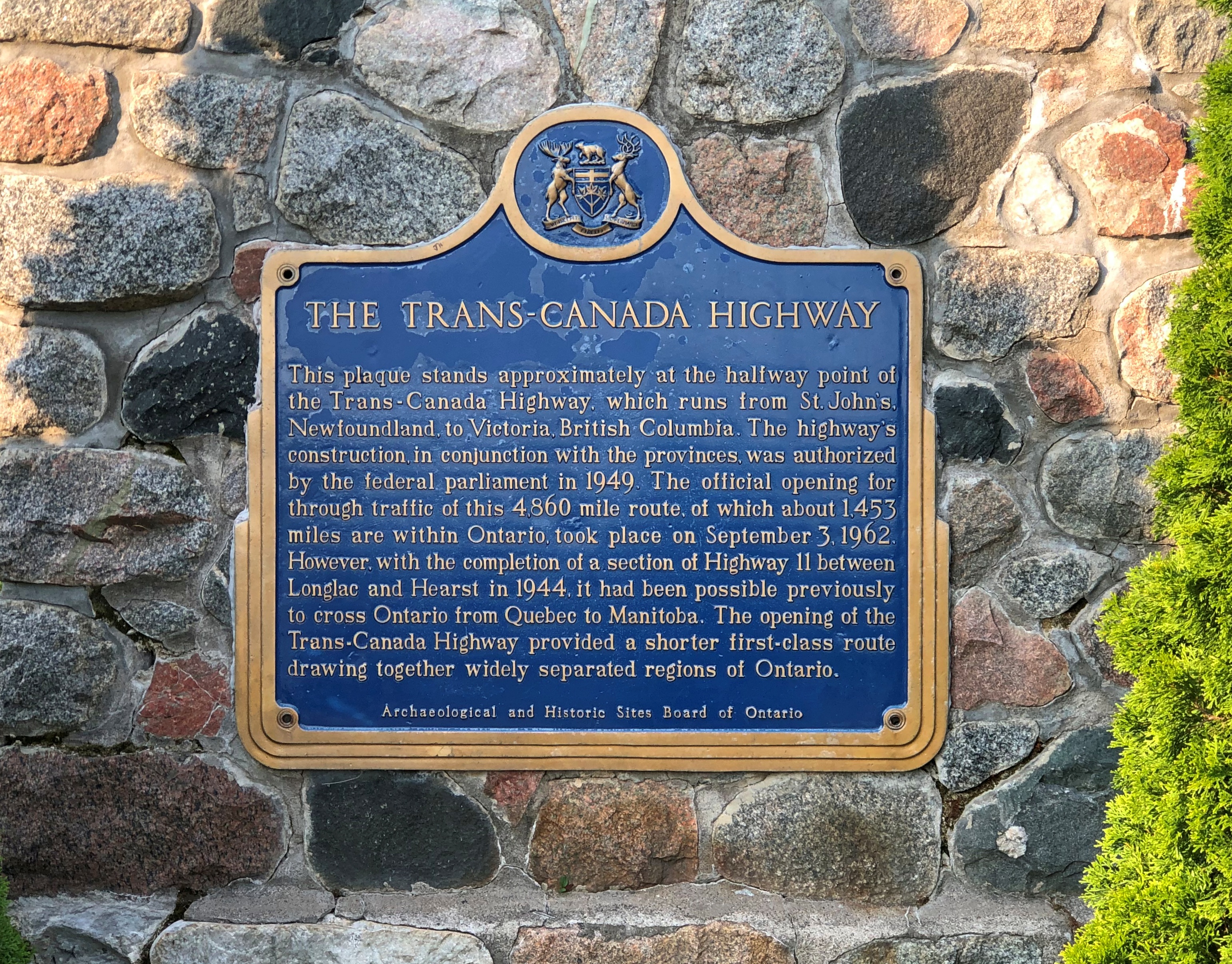
From the plaque, it was only an easy walk to Chippewa Falls, so I went.


Closer to Sault Ste. Marie, near the entrance of Pancake Bay Provincial Park, is a small complex of tourist shops on the Trans-Canada. I took a good look around, and confirmed that stores in this part of Canada offer a woefully small number of postcards. Too bad, there’s a lot of scenic raw material for postcards in this part of Canada.


